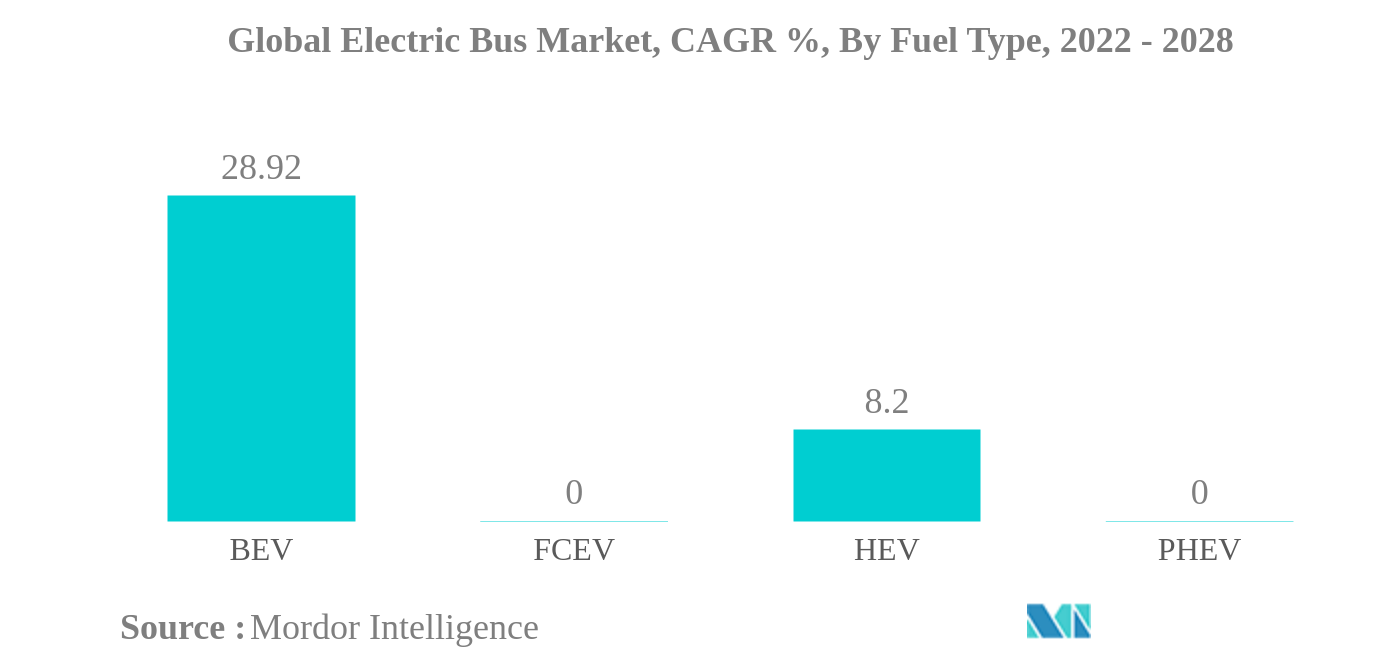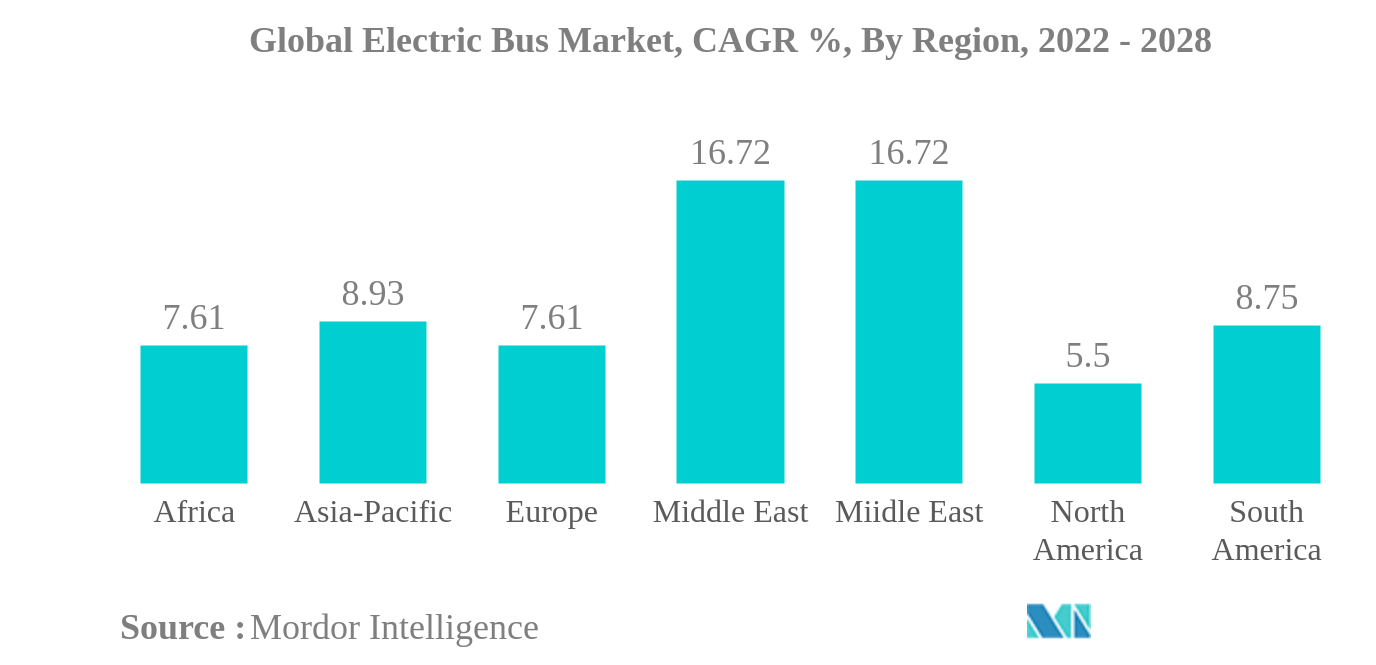Market Trends of global electric bus Industry
This section covers the major market trends shaping the Electric Bus Market according to our research experts:
HEV is the largest segment by Fuel Type.
- Fuel constitutes a major part of the operating cost of any vehicle. Using an electric bus for public transport reduces fuel costs, as well as other upfront costs and the total cost of ownership. By 2030, the prices for electric buses are expected to decline to the price level of diesel-fueled buses. Electric buses help reduce 81-83% of the maintenance and operating costs compared to a diesel-engine bus. The rising general awareness about air pollution, climate change, and increasing diesel prices are some of the factors incentivizing most state and city transport authorities to increasingly accommodate clean public transport solutions in their regional development plans.
- The e-bus market has the potential to fill the gaps in the public transport system. By reducing expenses related to operation and maintenance and cutting down hidden costs linked to public health and the environment, mass electrification of public buses may allow the concerned stakeholders to reap huge benefits and help strike a balance in providing returns between the service providers and the service users over the long run. With a strong government push for EV transition, the public transport authorities and e-bus suppliers may drive the market with the help of a proper regulatory framework and market mechanism.
- The e-bus ecosystem is being implemented in accordance with established government guidelines. However, there is an immediate challenge of setting up and managing e-bus charging stations in terms of planning, the extent of stakeholders' responsibilities, and operation, which must be addressed as a high priority to expedite the development of the e-bus ecosystem across the world.

North America is the largest segment by Region.
- Fuel constitutes a major part of the operating cost of any vehicle. With the increasing costs of fuel, using an electric bus for public transport reduces not only the fuel cost but also other upfront costs and the total cost of ownership. By 2030, the prices for electric buses are expected to decline to those of diesel-fueled buses. Electric buses help reduce 81-83% of the maintenance and operating costs compared to diesel-engine buses.
- An average diesel transit bus costs approximately USD 500,000, compared to USD 750,000 for an electric bus. Despite these higher upfront costs, electric buses are often a cost-efficient alternative, producing major savings over the course of their lifetimes by offering lower operating costs from reduced spending on maintenance and fuel while also providing greater predictability in costs due to the relative stability of electricity prices compared to fossil fuel prices. Electric buses are becoming more financially viable with favorable policies; they have substantially reduced maintenance and fuel costs. According to electric bus manufacturers, electric buses save USD 400,000 in fuel expenses and nearly USD 125,000 in maintenance costs, more than making up for the higher upfront cost.
- The aforementioned factors of the e-bus ecosystem are being implemented in accordance with established government guidelines. However, there are immediate challenges in setting up and managing e-bus charging stations in terms of planning, the extent of stakeholders' responsibilities, and operations that must be addressed on a high priority in order to expedite the development of the e-bus ecosystem across the world.

